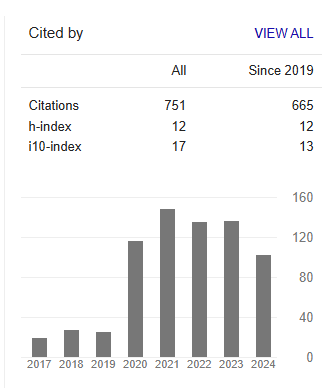Characterization of 38 Cases of Neurobrucellosis
Abstract
Weimin Qi, Xiaoyan Niu, Yazhou Ren, Jianhang He, Yue Meng, and Haining Li
Aim: In this study, we thoroughly examine and discuss the clinical features, laboratory findings, treatment, and recovery of 38 neurobrucellosis cases. Additionally, we provide insights into the most recent research advances in the field of neurobrucellosis.
Materials and Methods: In this study, we collected general data, clinical characteristics, ancillary tests, and treatment plans of 38 cases of neurobrucellosis diagnosed and treated at the General Hospital of Ningxia Medical University from March 2012 to December 2022.
Results: Among the 38 cases, 25 were male, and 23 had a clear history of cattle and sheep exposure. The most common clinical manifestations were fever (81.58%) and headache (76.32%). Brucella agglutination test was positive in 37 patients, and 37 patients showed increased protein in the cerebrospinal fluid. All 38 patients had a complete blood routine, with 11 cases showing abnormal white blood cell counts. Among the 29 patients who underwent cranial magnetic resonance imaging, 12 showed abnormalities. There were no in-hospital deaths among the patients.
Conclusion: Neurobrucellosis exhibits diverse clinical manifestations and can be difficult to differentiate from tuberculous meningitis. Routine tests such as complete blood routine and cranial magnetic resonance imaging have limited diagnostic value for neurobrucellosis and are prone to clinical misdiagnosis and underdiagnosis. Patients with a history of contact with cattle and sheep in nearby grazing areas and presenting with symptoms such as fever and headache should undergo laboratory tests such as Brucella agglutination test or cerebrospinal fluid culture to establish an early and accurate diagnosis. Prompt initiation of treatment with doxycycline, rifampin, and ceftriaxone sodium triple therapy against Brucellosis is crucial in areas close to pastoral regions with potential cattle and sheep exposure.



